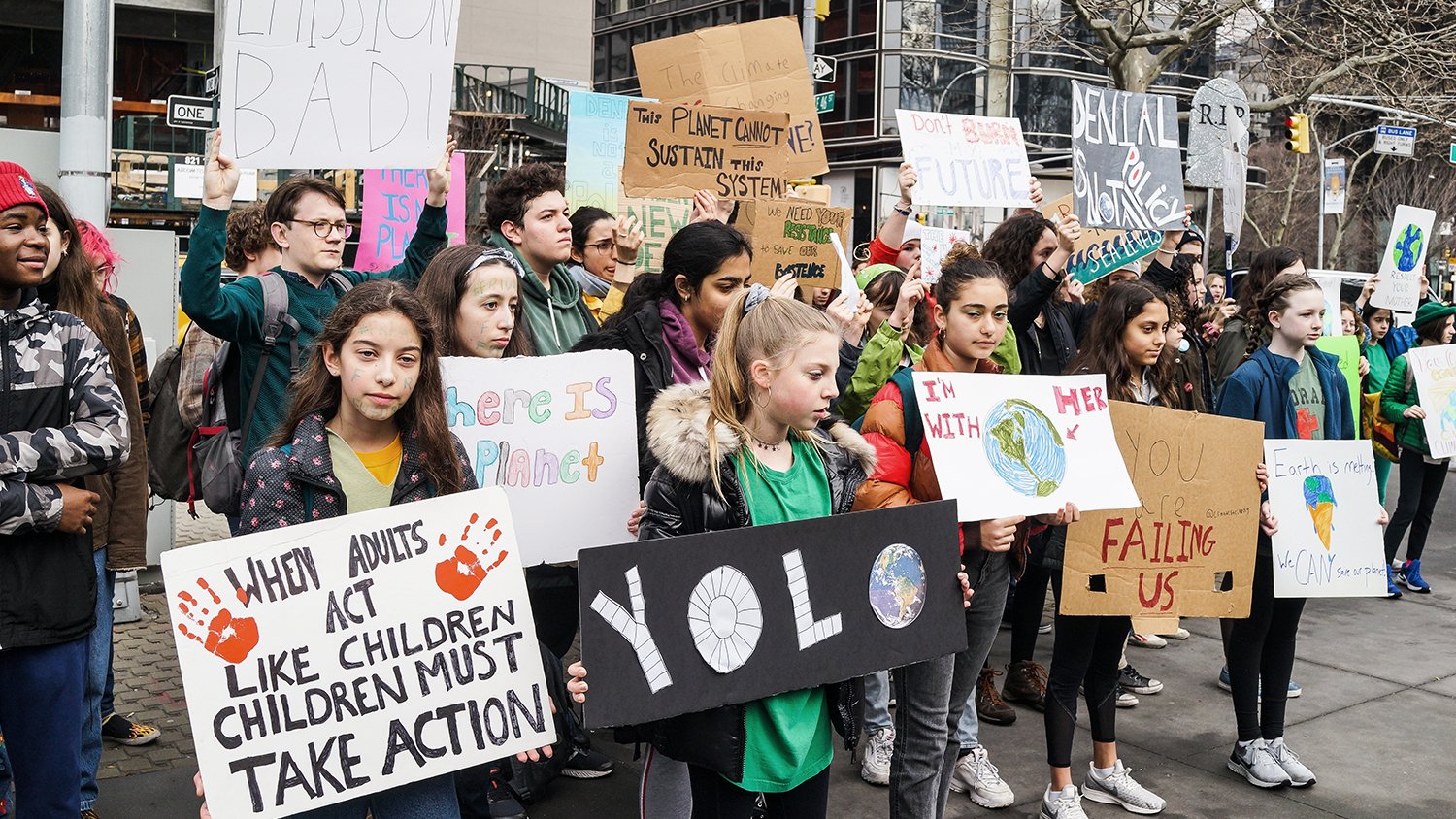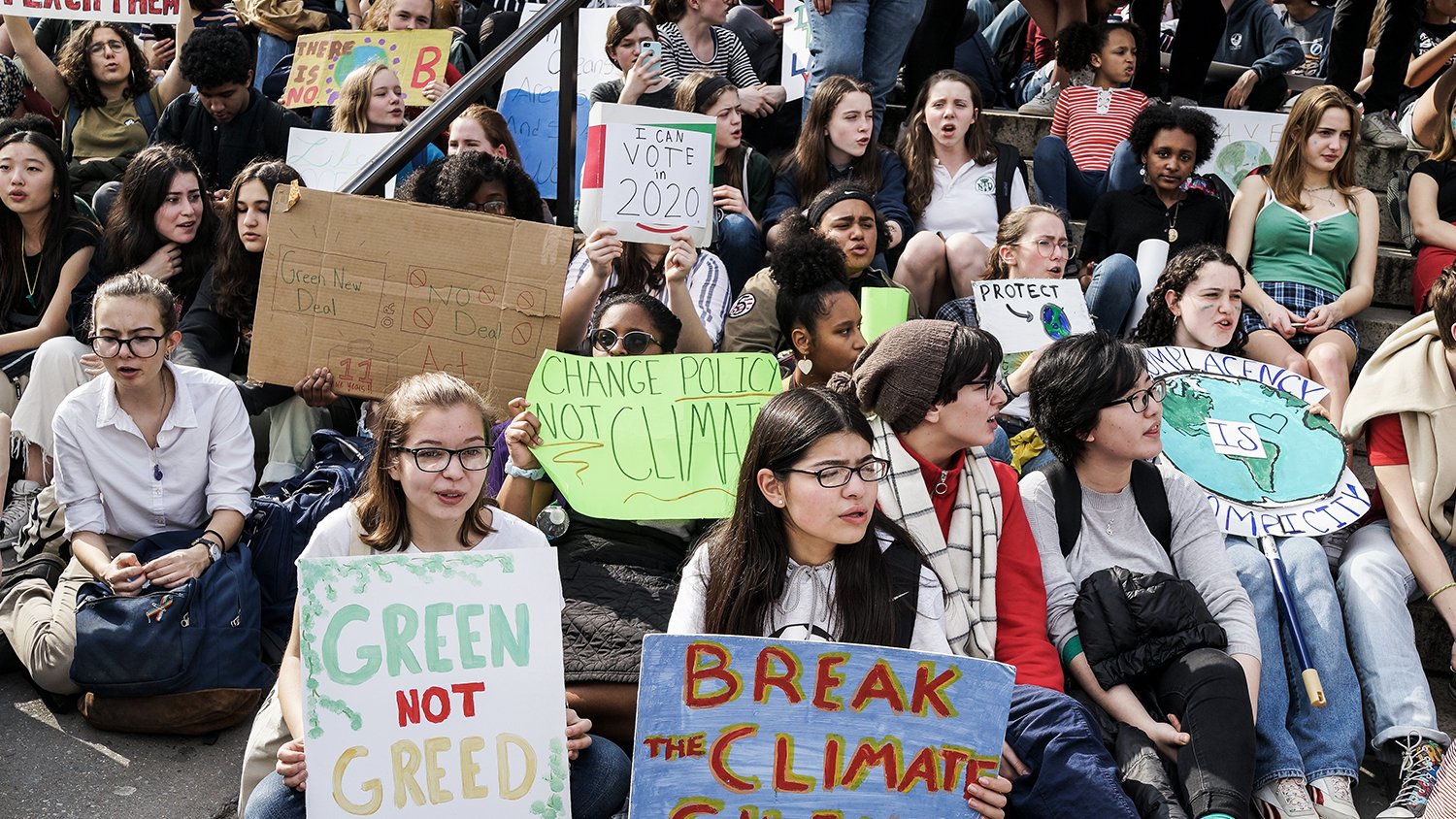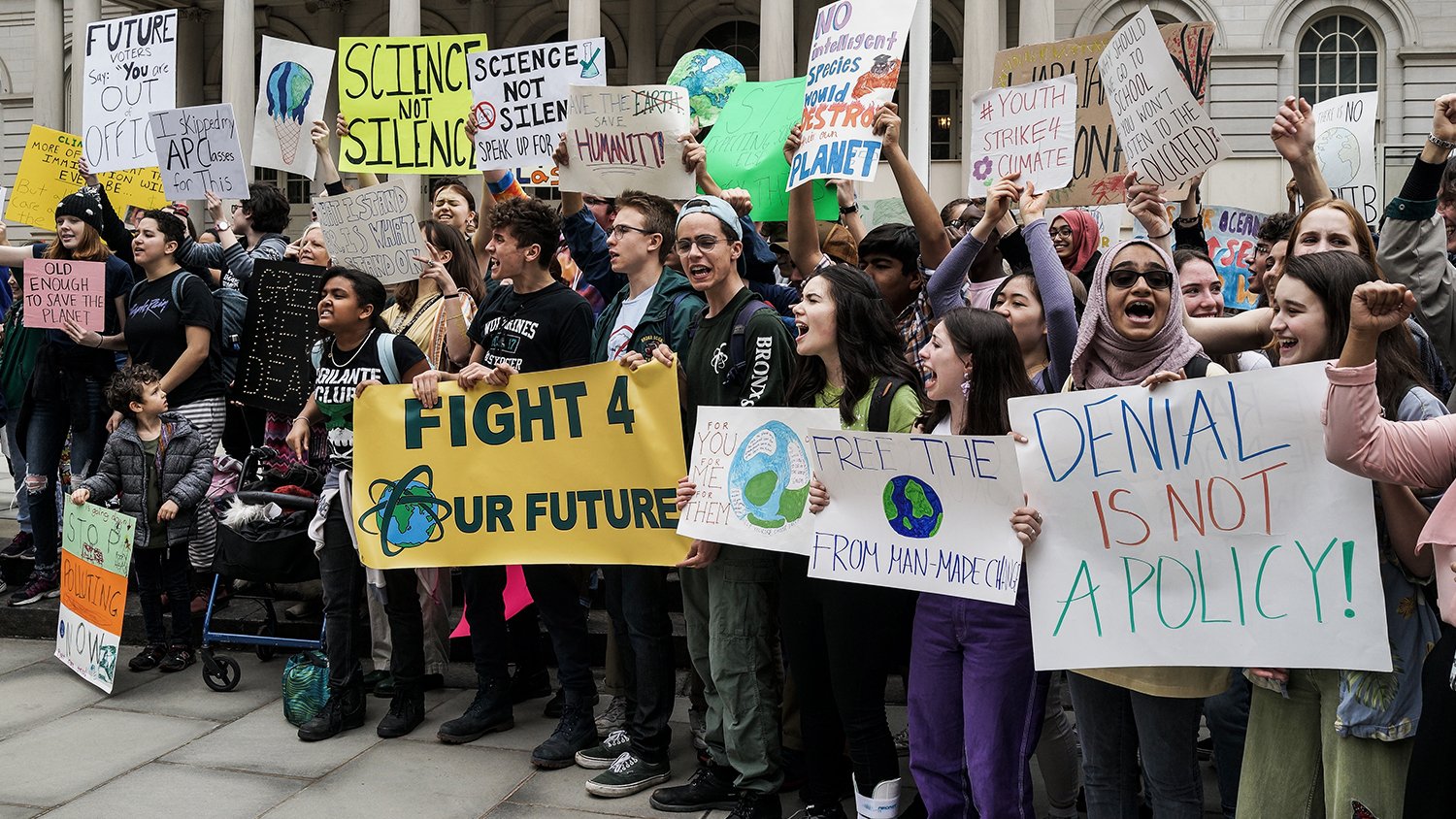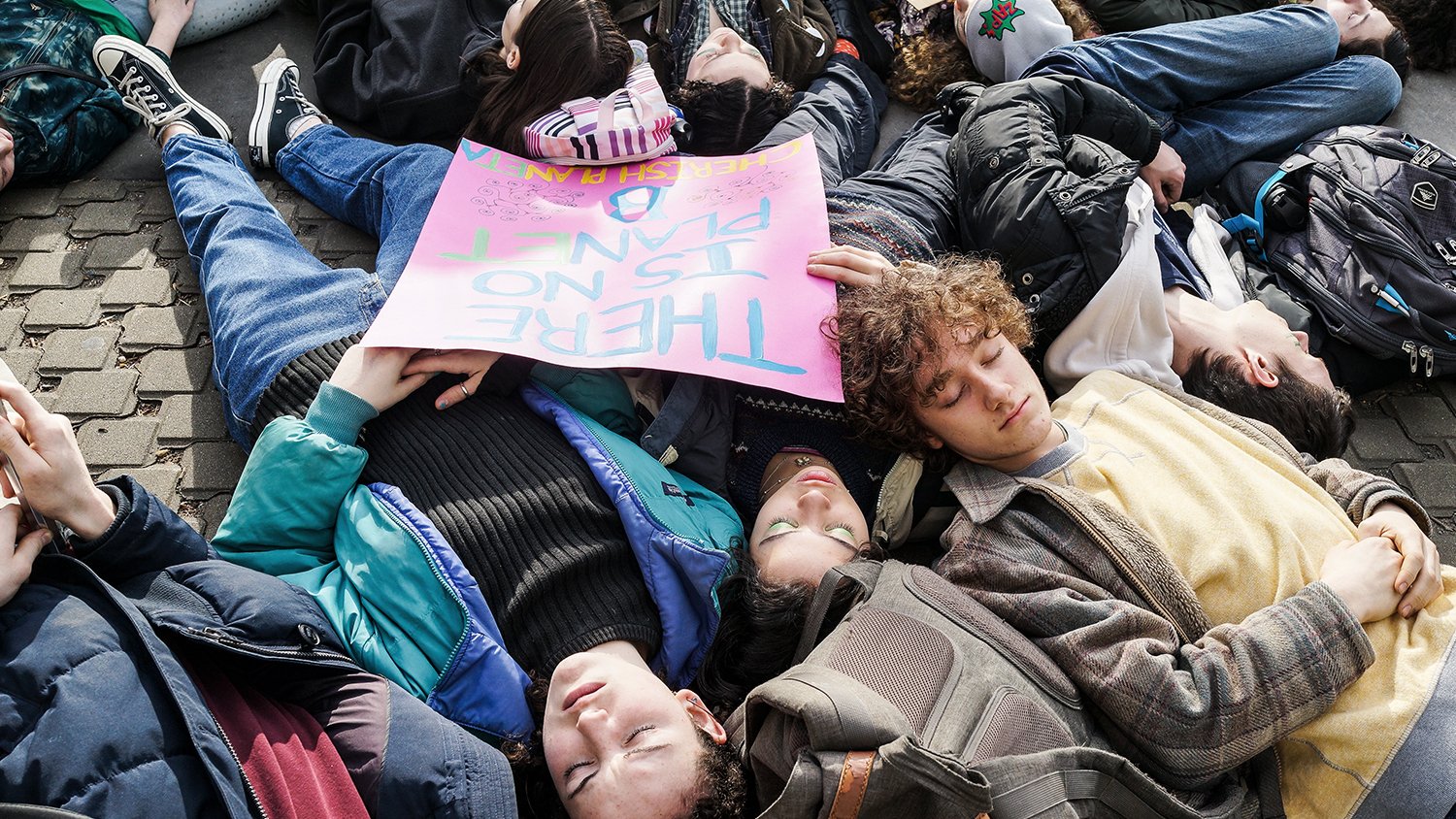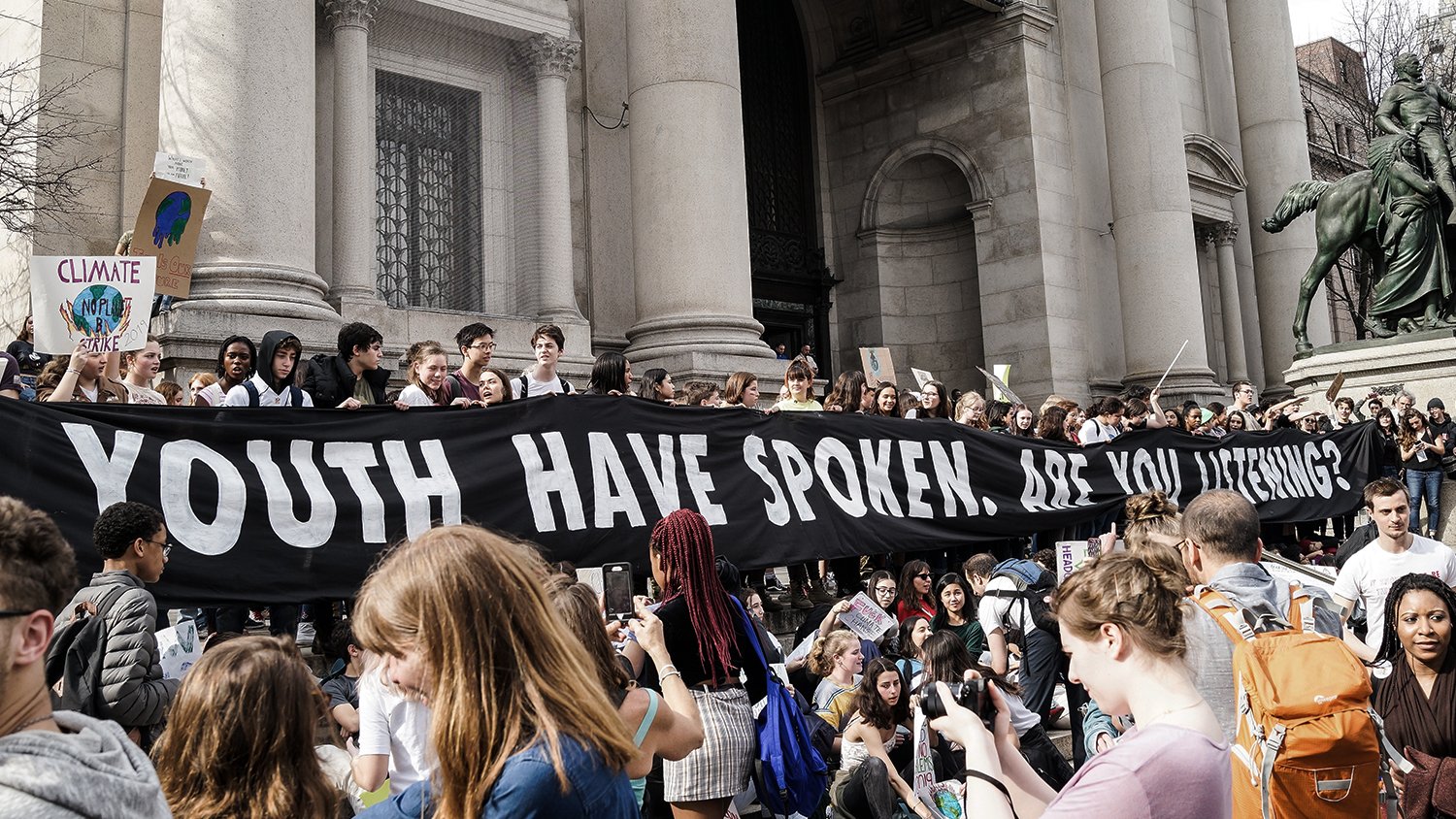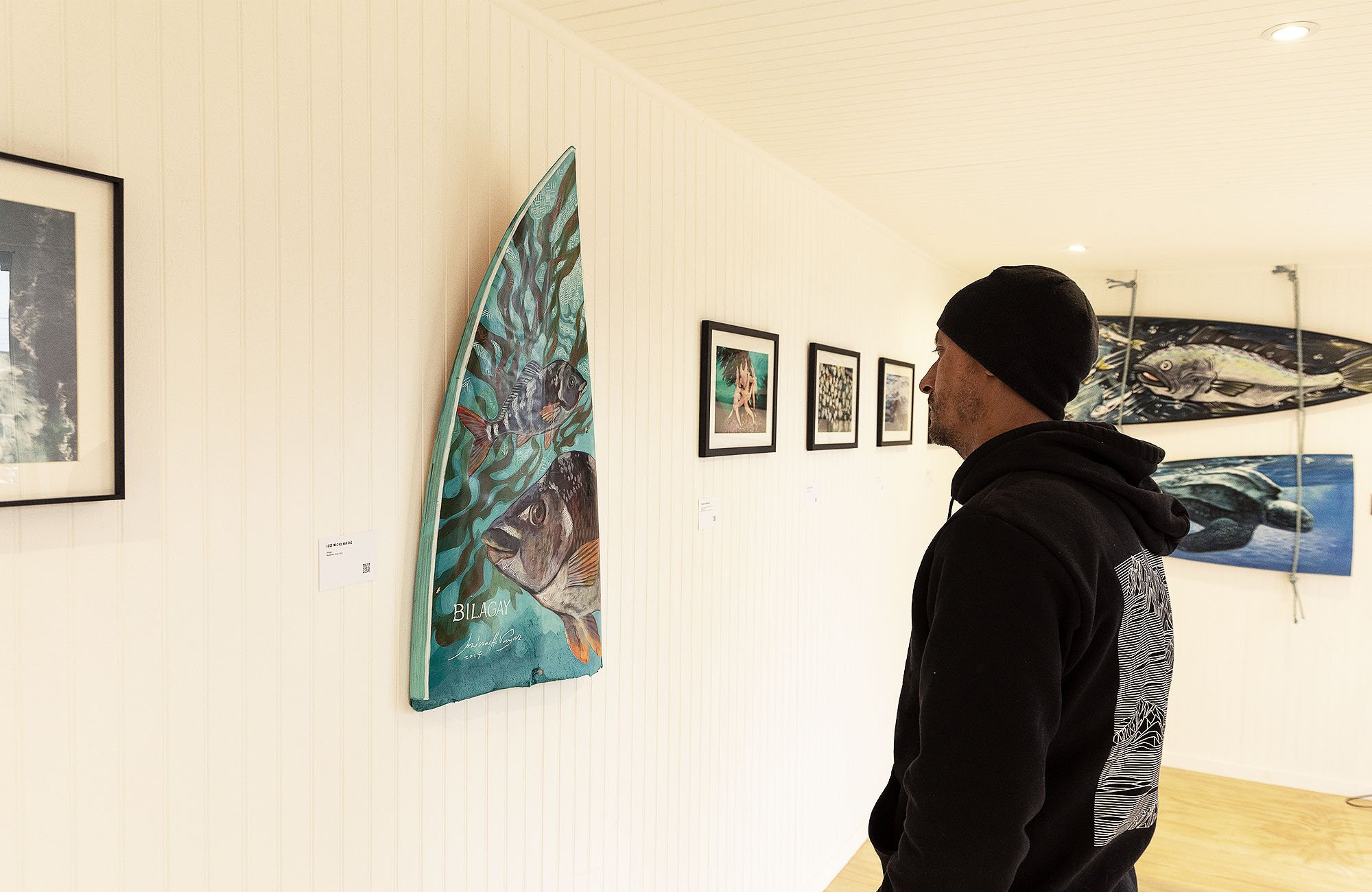101 Ways to Create a Climate of Change
Out planet is changing. So should we.
According to the latest report from the Intergovernmental Panel on Climate Change (IPCC), we have no more than 11 years to limit global warming to 1.5 °C above pre-industrial levels and prevent the worst impacts of climate change. That doesn’t mean we can procrastinate for another decade of business as usual before a panicked scramble for magic solutions. In fact, other reports suggest we have less time than we think. The moment to act was yesterday. Second best is today.
In a promising statement of forward momentum, U.K. parliament has officially declared a climate change emergency. In the U.S., The House of Representatives approved the Climate Action Now Act, H.R. 9, the first climate bill passed in a decade. The pressure to do something is there. The challenge remains turning words into actions.
Scientists agree that unless we pivot boldly and swiftly from our current path, we are headed for an environmental, economic and social disaster. If we don’t act right now, at all levels, we are facing (and driving) the extinction of 1 million species within decades. What a time to be alive.
Before you despair, consider this: We have the warning signs the dinosaurs did not. Imagine if we used this opportunity to create a better world and a future where we live in harmony with nature, a future that can support our continued survival.
This will require large-scale action and sweeping policy change, but every individual has a role to play, too. It’s on all of us to be the change we demand from our leaders.
HERE’S WHAT YOU NEED TO KNOW
Climate change is already here.
Extreme weather, forest fires, rising sea levels, diminishing arctic sea ice, mass extinction, ocean acidification, coral bleaching… the consequences of 1°C of warming are very real and visible, right now.
We have to change.
Limiting global warming to 1.5°C above pre-industrial levels is going to take “rapid, far-reaching and unprecedented changes in all aspects of society.” Change is the only constant. Embrace that.
“Unprecedented” does not mean unachievable, provided we collaborate.
To prevent climate disaster, we need to work together and achieve what no society before ours has. It’s a good thing we can see, measure and respond to the warning signs with tools and information no generation before ours possessed…
Innovation is imperative.
To hit the “aspirational” 1.5°C warming limit, we’ll need to cut human-driven carbon dioxide emissions by roughly 45 percent from 2010 levels by 2030, and curb them entirely by 2050. But even that won’t be enough. To counter remaining emissions, we’ll need to remove CO2 from the air and geoengineer (i.e. eco-innovate) our way to “negative emissions.”
A half degree of warming is a huge deal.
Global warming of 1.5°C rather than 2°C means: 10 cm less sea level rise by 2100; the Arctic Ocean experiences sea ice-free summers once per century, rather than at least once per decade; coral reefs decline 70-90 percent rather than virtually disappear. It means natural ecosystems and future generations have a better shot at avoiding the worst and adapting to what is already inevitable. We are not doomed, but we’re dangerously close. A half degree means a fighting chance for all posterity.
Anyway you look at it, our climate situation is dire. Even the best case scenario will bring harsh consequences. But the world’s leading scientists and analysts don’t round up the latest climate research to tell the world, “give up.” The point of predicting, measuring and reporting on this complex, ginormous, confusing, frightening issue is to strengthen the global response we urgently need to weather, temper and maybe even prevent the threats.
We have a fleeting chance to make things better than they are — and will be. But we need to act right now. Here are 101 small ways you can personally contribute to make a big difference for our common home.
FOOD
1. Eat a plant-based diet. Already do? Persuade a meat-eater to give it a try.
2. Cook. Take-out typically comes with a heavy side of plastic waste.
3. Put a lid on pots and saucepans; they’ll heat faster.
4. Compost. Keep it in your freezer to prevent funky smells.
5. Avoid food waste. Only buy or order what you can eat.
6. Buy local, fresh food that’s in season. Become a farmers market regular.
7. If you can’t make it to the farmers market, join a CSA. Or try a service that brings the farmers market to you.
8. Scan ingredients labels for this: palm oil. Avoid it. Palm oil production is a major contributor to deforestation.
9. Store your food properly in airtight containers, preferably glass or metal ones.
10. Pack a lunch for work or school. Try reusable, biodegradable alternatives to cling film, like cloth and beeswax wraps.
11. Savor climate-endangered luxuries responsibly. For example, choose beer, wine and chocolate from ethical origins and sustainably harvested ingredients, with minimal packaging.
12. Eat at a vegan restaurant. Even if you’re not vegan.
13. Filter your own water. And make your own alternative milks. Oats are having a moment.
TRANSPORTATION
14. Bike to work or school, or wherever.
15. If you can walk there, walk. Your legs and cardiovascular health thank you.
16. Take public transit.
17. Carpool with friends or neighbors.
18. Get your kids back on the school bus. One school bus can replace 36 private cars on roads and highways.
19. Check the air pressure of your car tires for maximum fuel mileage efficiency.
20. Renting > buying. If you have the choice, go with a hybrid or electric vehicle.
21. Trains > planes. If you must fly, book direct flights. Most fuel is burned during takeoff and landing.
22. Economy > first class (in emissions savings, if not legroom).
23. Offset your travel. It’s easier and more affordable than you think. Check your airlines’ sustainability pages.
24. Or try a staycation…
25. And walk or bike to the library, where you can check out a book and learn something that may help you fix things yourself.
AROUND THE HOUSE
26. Replace old windows and seal any drafts.
27. Close the curtains at night. This prevents heat from escaping through windows.
28. Clean out your fridge more often. Food eats space and energy.
29. But keep your freezer full. Putting leftovers on ice helps insulate and minimize empty space available for hot air.
30. Microwave small dishes instead of heating up a convection oven.
31. Use a toaster instead of the broiler.
32. Grow something in your home. Plants produce oxygen and help purify the air. Plus, they make people happy and more productive.
33. Weather-proof your apartment or home; seal cracks in floorboards, doorways and windows.
34. Paint your walls, ceilings and floors in light colors. They reflect natural light better, so you don’t have to create your own.
35. Downsize your home. Living large is passé. Tiny houses keep your loved ones closer.
36. Give the vacuum a rest. Sweep the floor, shake out the rugs and try green cleaning products.
37. Give the blowdryer the day off. Your hair wants to air dry.
38. Choose home furnishing made with low-VOC and eco-innovative materials. Some paints, glues and foams release volatile organic compounds into the atmosphere, and many also disperse significant greenhouse gases in manufacturing.
39. Seek out companies that recycle old carpets. Support them.
40. Build with reclaimed or sustainably harvested wood.
41. Take shorter showers.
42. Water your lawn less frequently.
43. Buy less thirsty plants...
44. And maybe don’t buy those cut flowers wrapped in plastic.
EVERYWHERE YOU GO
45. Turn off the lights when you leave a room...
46. And the fans.
47. Opt for minimal packaging when ordering online. And try to avoid returns.
48. Go paperless with all your bills and cancel all the junk mail that arrives.
49. Responsibly recycle e-waste.
50. Take care of your phone and only replace it when you need to. Return or recycle your old one when you do.
51. Choose products made from recycled paper.
52. Repair what’s broken before buying new.
53. Recycle your cans! Recycling one aluminum cans saves enough energy to run a TV for three hours.
54. Divest from fossil fuels.
55. Talk to your neighbors. There’s strength in community.
56. Make art, music, poetry… history.
57. Do citizen science.
AT WORK
58. Engineers and material scientists: invent a better car tire.
59. Use a laptop instead of a desktop computer and enable ‘power saving mode’ on any office appliances.
60. Opt for e-meetings (e.g. Skype, FaceTime…) to cut down work travel.
61. Write fewer, more efficient emails. Every email has a carbon footprint; 65 emails sent is the equivalent of driving a gas car 0.6 miles.
62. Think before you print, please.
63. Ask yourself how your industry can make a difference and how your company might contribute. Then tell all your coworkers about it like the office activist you are. Just own it.
64. Keep to-go cups handy for coffee runs, and bring reusable containers and utensils on lunch breaks.
65. Get an office audit to understand where you’re using (and wasting) the most energy.
66. Recycle the waste you can’t avoid in the first place.
YOU
67. Educate yourself. There are no stupid questions. Especially about climate change.
68. Educate the next generation — and listen to what they have to say. Youth represent 100% of the future. Shout out to Greta.
69. Empower women. And learn why Katharine Wilkinson says “gender and climate are inextricably linked.”
70. Plant something outside. Like a carbon-sequestering tree
71. Join (or start) a community garden. Maybe you’ll meet some carpool buddies.
72. Become a beekeeper.
73. DIY this year’s holiday presents and decor.
74. Wear reef-friendly sunscreen. Harmful chemicals in your everyday products may be harming coral reefs.
75. Avoid cosmetics and personal care products that contain phthalates. These chemical compounds have proved to be bad for the oceans and harmful to human health.
76. Learn how sea level rise will affect your neighborhood.
77. Invest in a green (or blue) economy and renewable energy.
78. Donate to conservation NGOs.
79. Use your ‘influence’ on social media. Stand for something
80. Go to the beach or a national park and soak in the beauty.
81. Share your personal climate change story.
82. Look in the mirror and ask yourself why you care.
83. Support climate policy and candidates who support climate science. VOTE.
84. Talk about climate change and challenge your friends and family to join the conversation.
85. Ditch plastic. And stop thinking of plastic pollution as a separate conversation. Plastic is made from fossil fuels and releases heat-trapping greenhouse gases into the environment. 31 tips for avoiding the stuff here.
CLOTHING
86. Buy second-hand clothes. Vintage: so hot right now.
87. Host a clothing swap with your friends.
88. Embrace minimalism. Less is more — and renting makes life easier.
89. Wash your clothes on cold and take steps to reduce the release of microfibers.
90. Line or air dry your laundry. Sunlight and fresh air are miracle cleansers.
91. Shop for the economy you want. Buy less, but smarter. Support brands that align with your values.
ENERGY CONSUMPTION
92. Audit your energy use. You can’t manage what you don’t measure.
93. Walk around your home and unplug idle electronics. Even ‘off’ mode sucks energy from the socket.
94. Put your phone (and other gadgets) in low power mode.
95. Give the AC a rest. Open a window
96. Give the heat a rest. Put on a sweater.
97. Switch to energy efficient appliances.
98. Replace old light bulbs with CFL or LED lights. Make sure you recycle them properly when they burn out.
99. Install solar panels on your home and support pro-renewable energy policies.
100. Turn off the ice maker in your refrigerator.
101. Ask yourself if you’re just watching TV because you’re bored. Then turn it off and sit quietly, journal through your climate fears, and think about all the other actions you could take that aren’t listed above.

